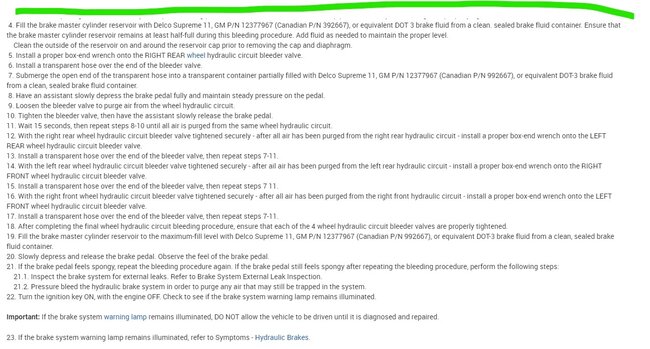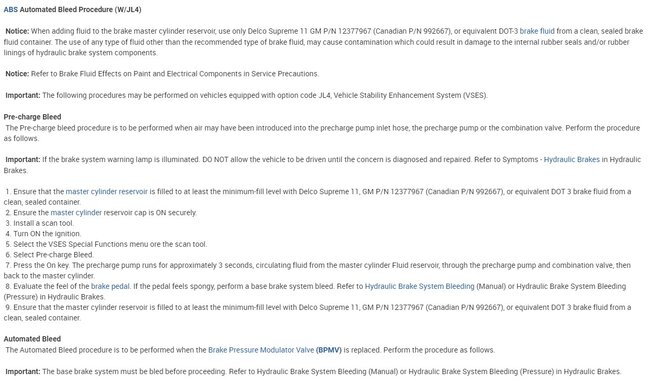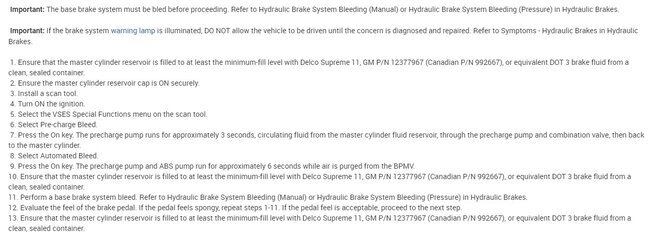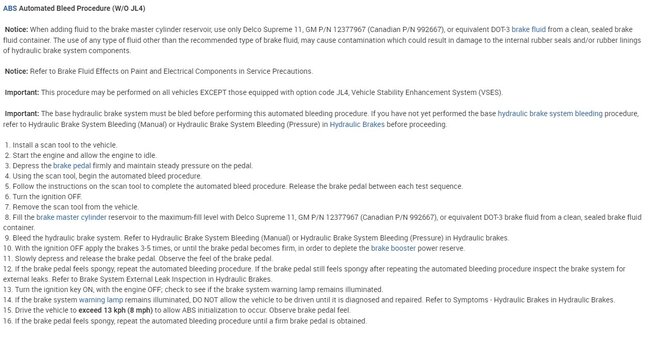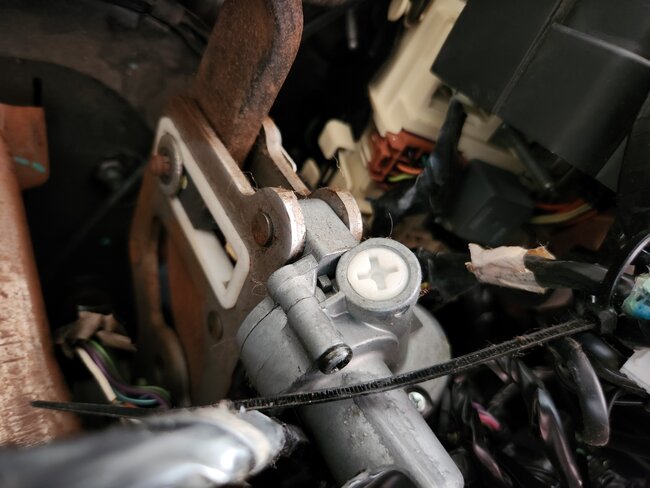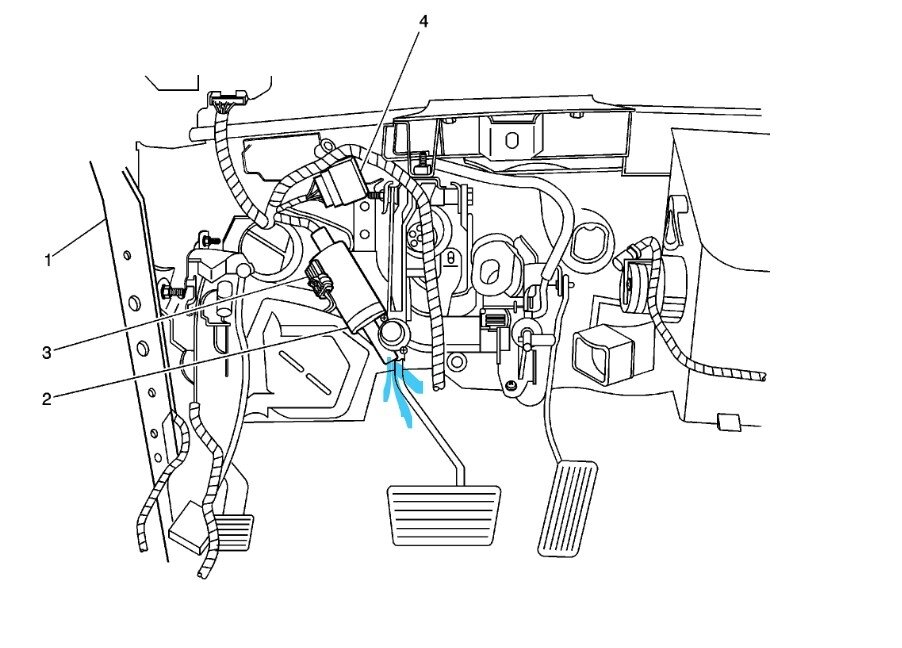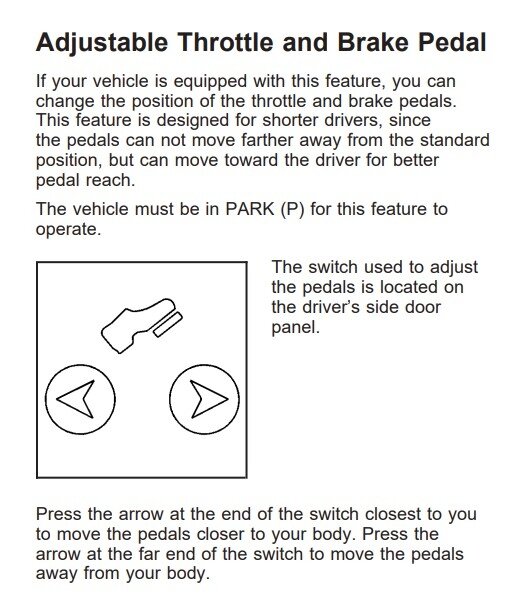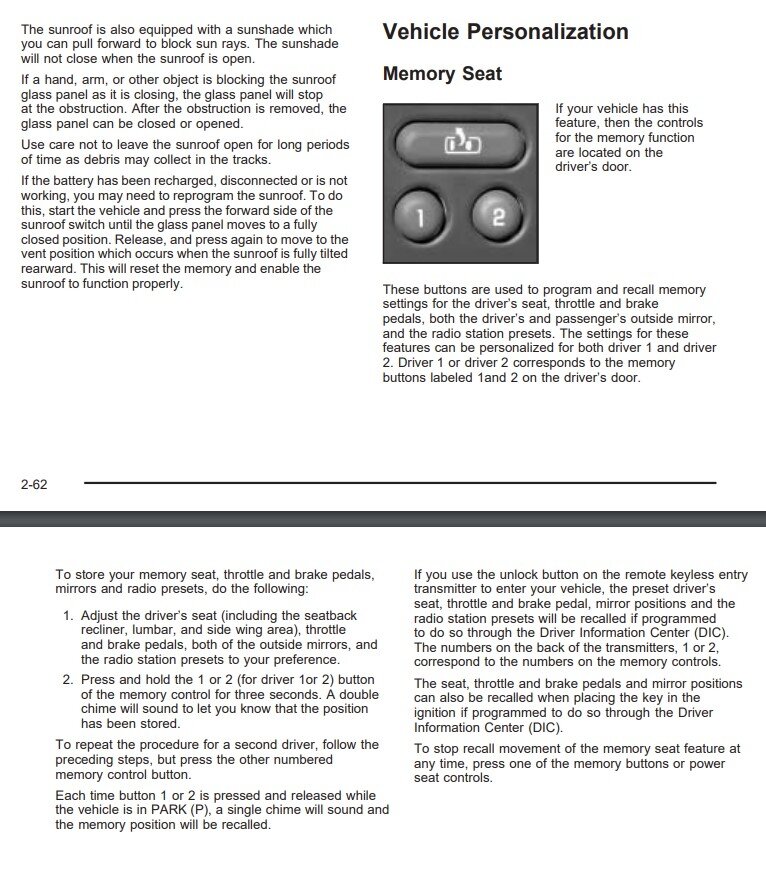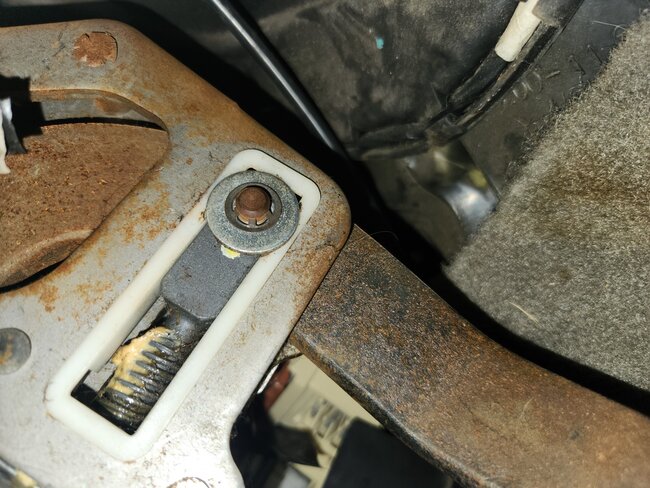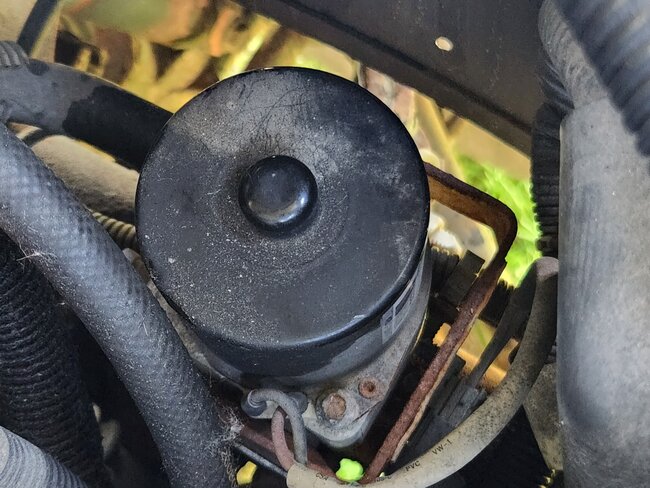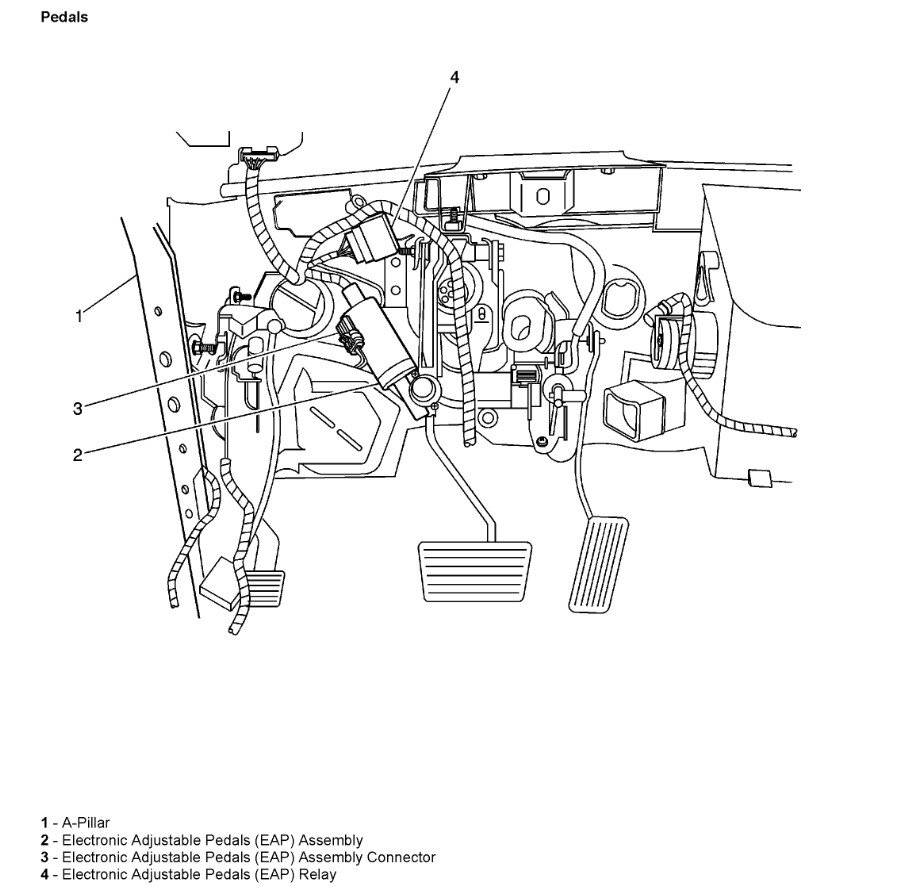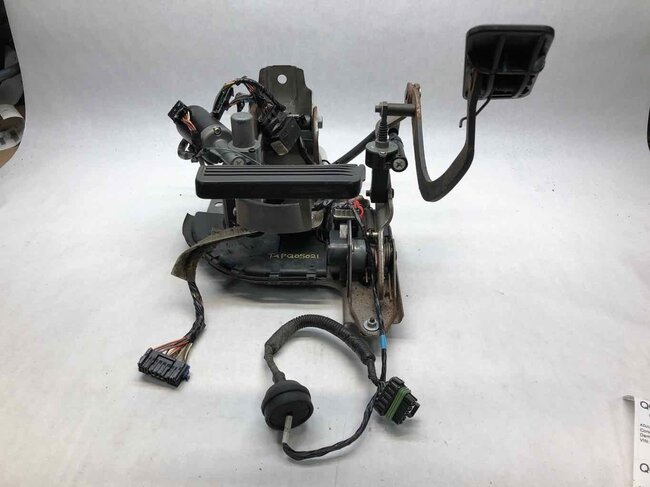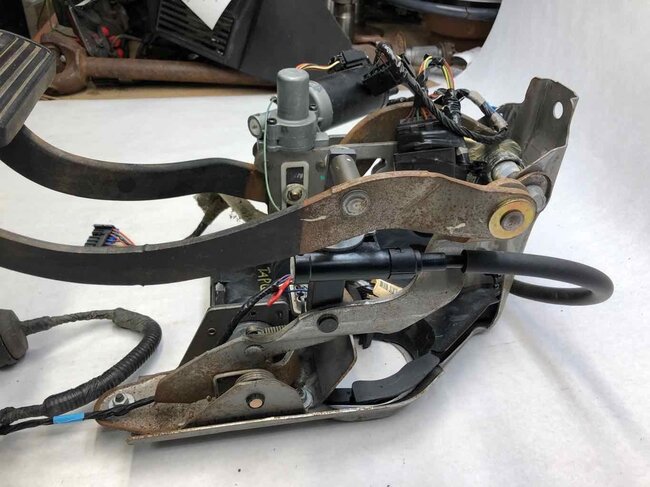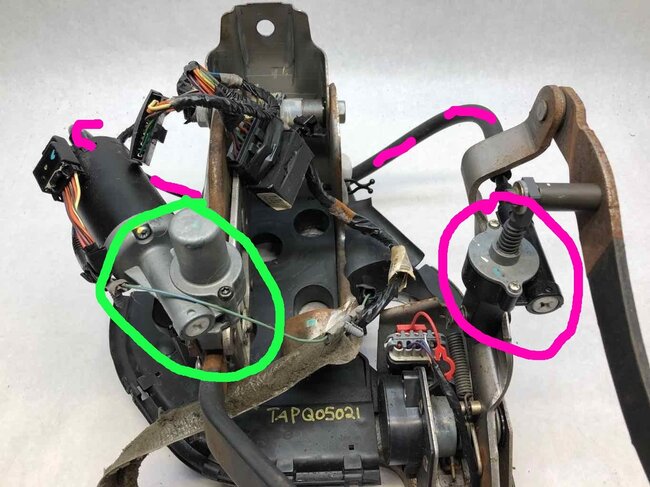I start by copying and pasting photos and diagrams into an old version of MS Word. That's a typing program, but it allows me to add arrows and callouts. Then I copy and paste that into MS Paint. When I save that, I change the default format to "jpeg". That's one of the formats that can be uploaded, and it's the only one I'm familiar with.
Your photo shows up fine, but a problem I have is diagrams usually end up too small to be of use. When necessary, I cut them in half so each part can be expanded, then I repost them that way. It can take hours some nights to format the diagrams I want to post, so I save them so I don't have to go through that when I need them the next time. I have almost 40,000 diagrams and photos saved so far and ready to use over.
If you hold the brake pedal down part way, then start the engine, do you feel the pedal being pushed back a little? I see the half inch of push rod sticking out, plus the back 1/2" of the master cylinder sits in the booster, so you would be getting about an inch of travel, or the 3/4" you found. That's not enough for hard braking, or even normal braking. At this point the only other thing I can imagine is someone played with the brake pedal and used a wrong hole to connect the booster's shaft. I'm grasping at straws now.
SPONSORED LINKS
Was this helpful?
Yes
No
Sunday, May 14th, 2023 AT 8:33 PM
